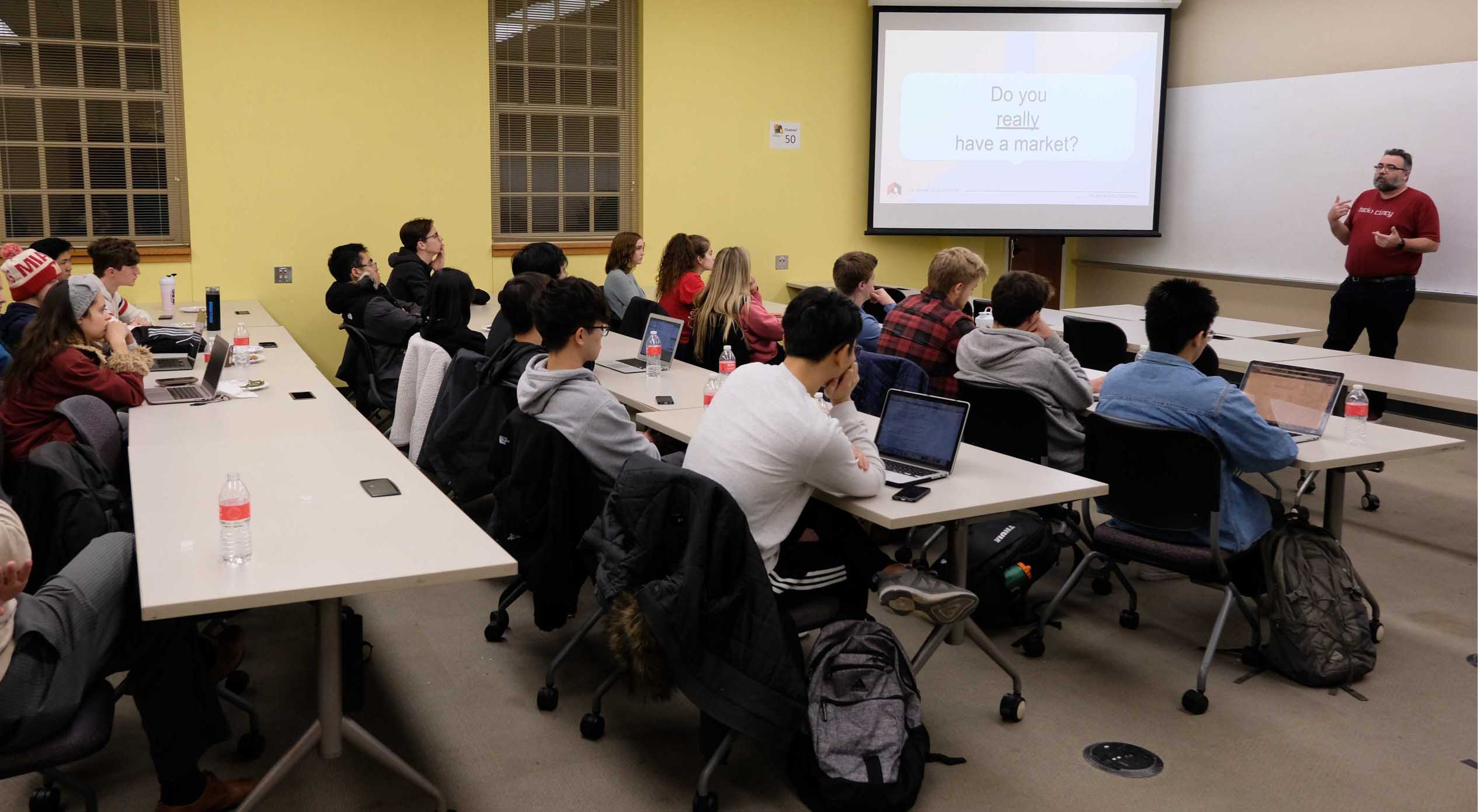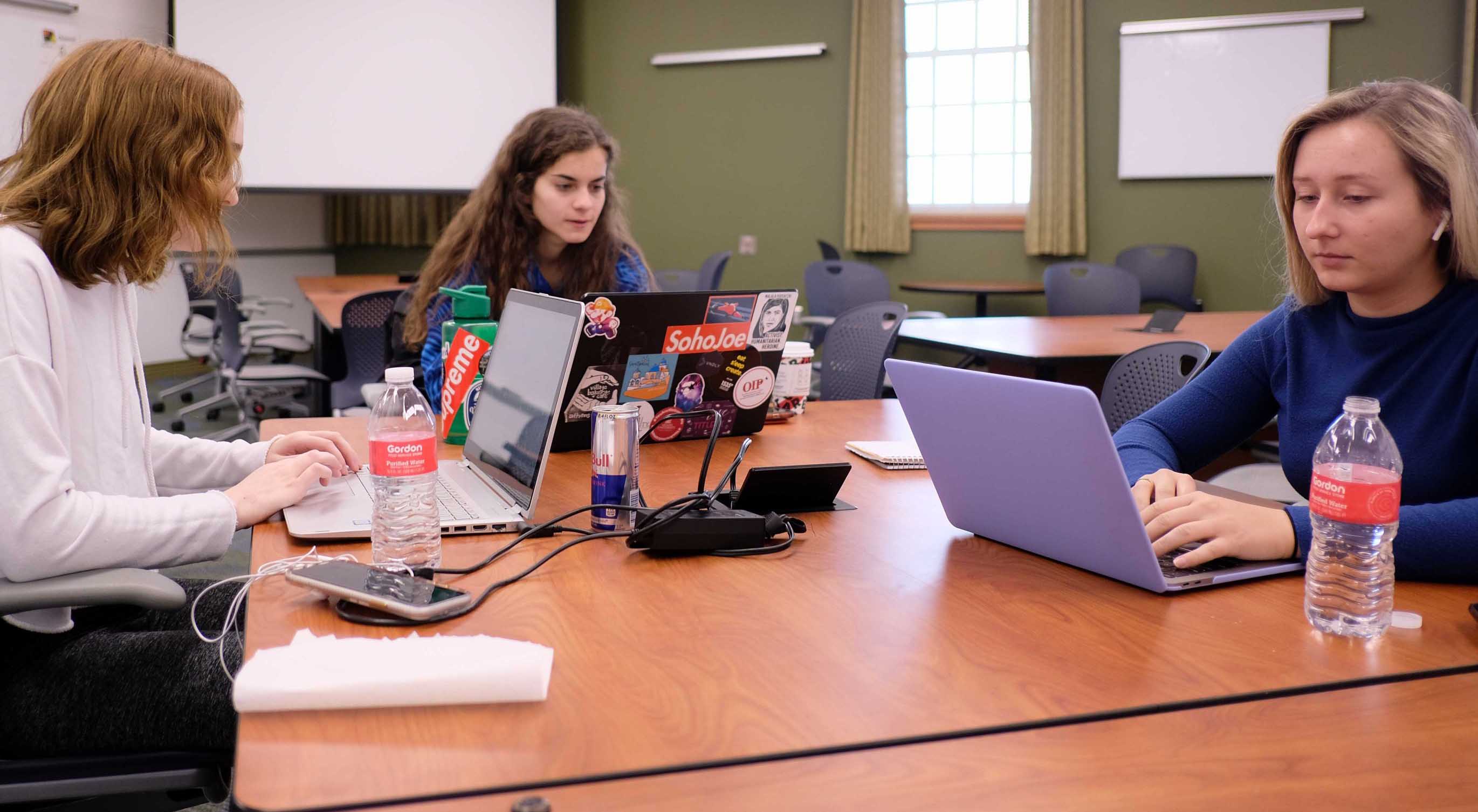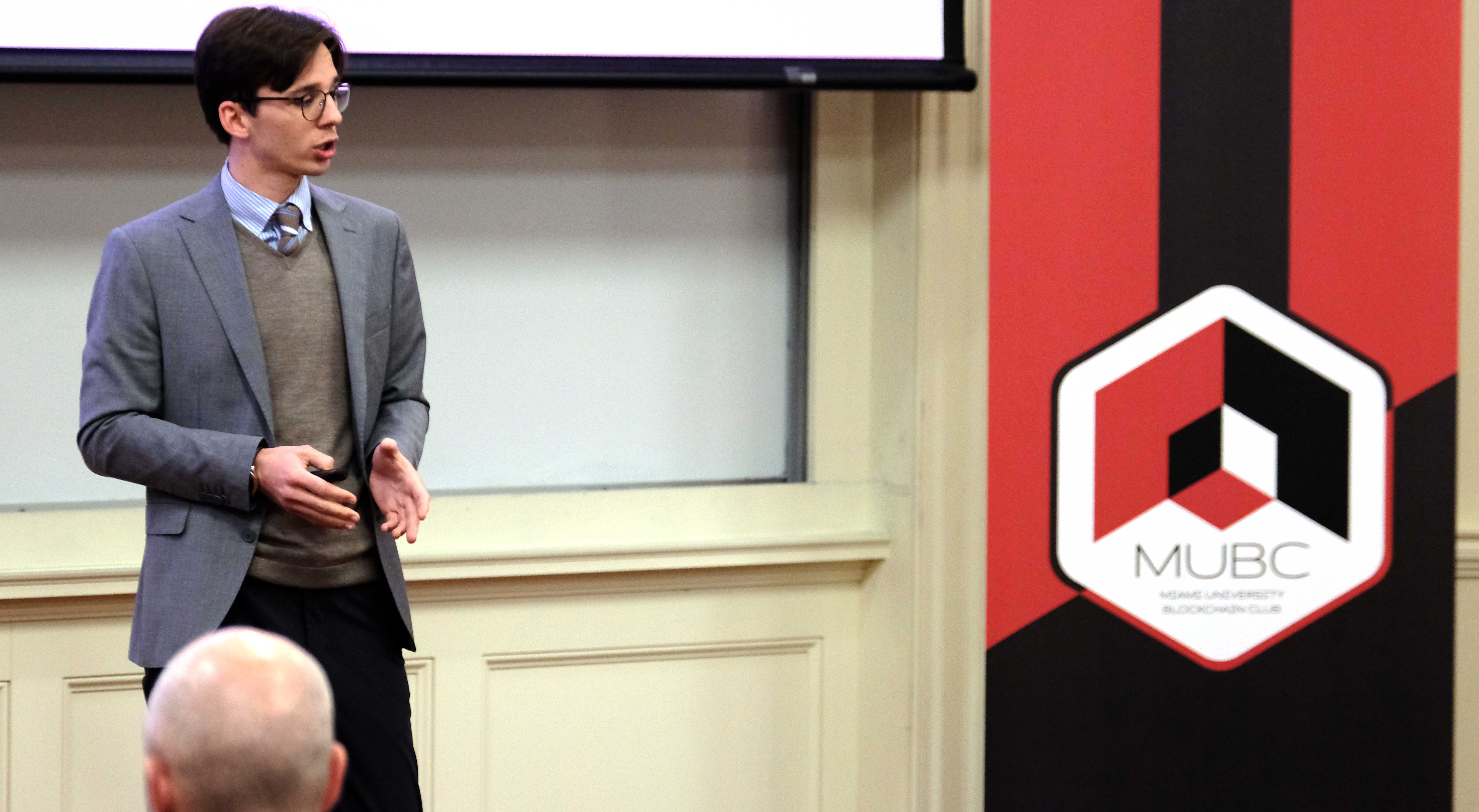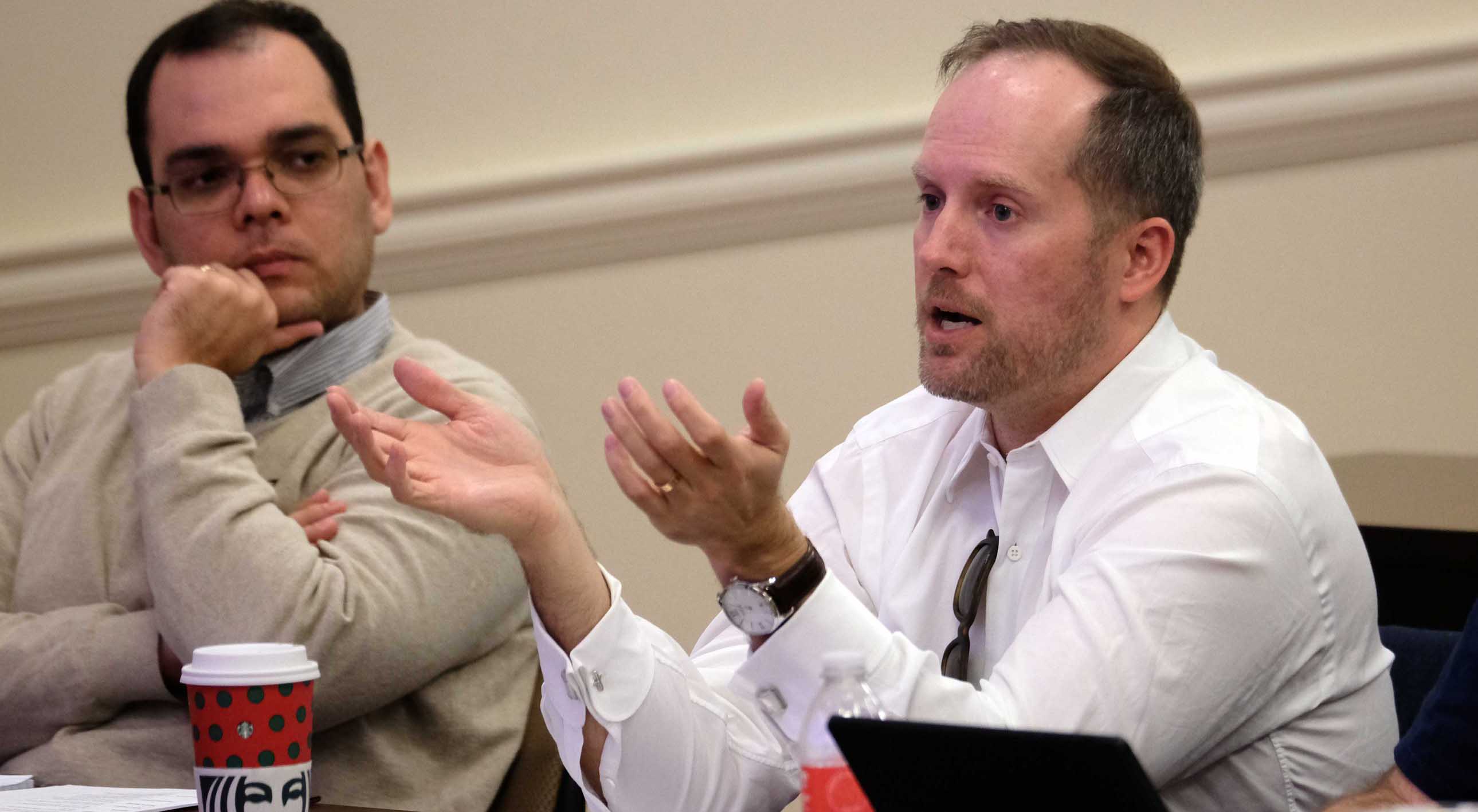Competition challenges students to put blockchain to business use
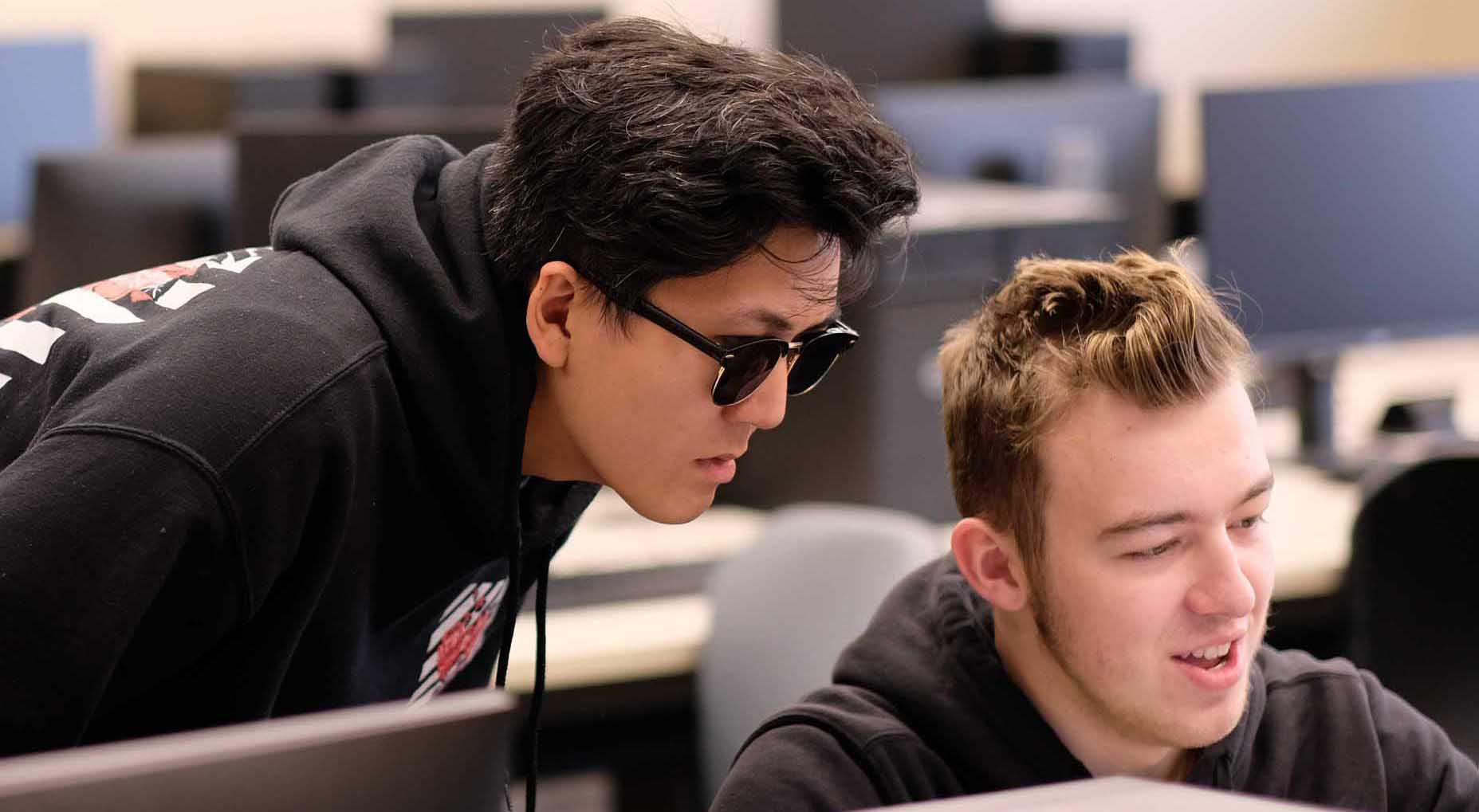
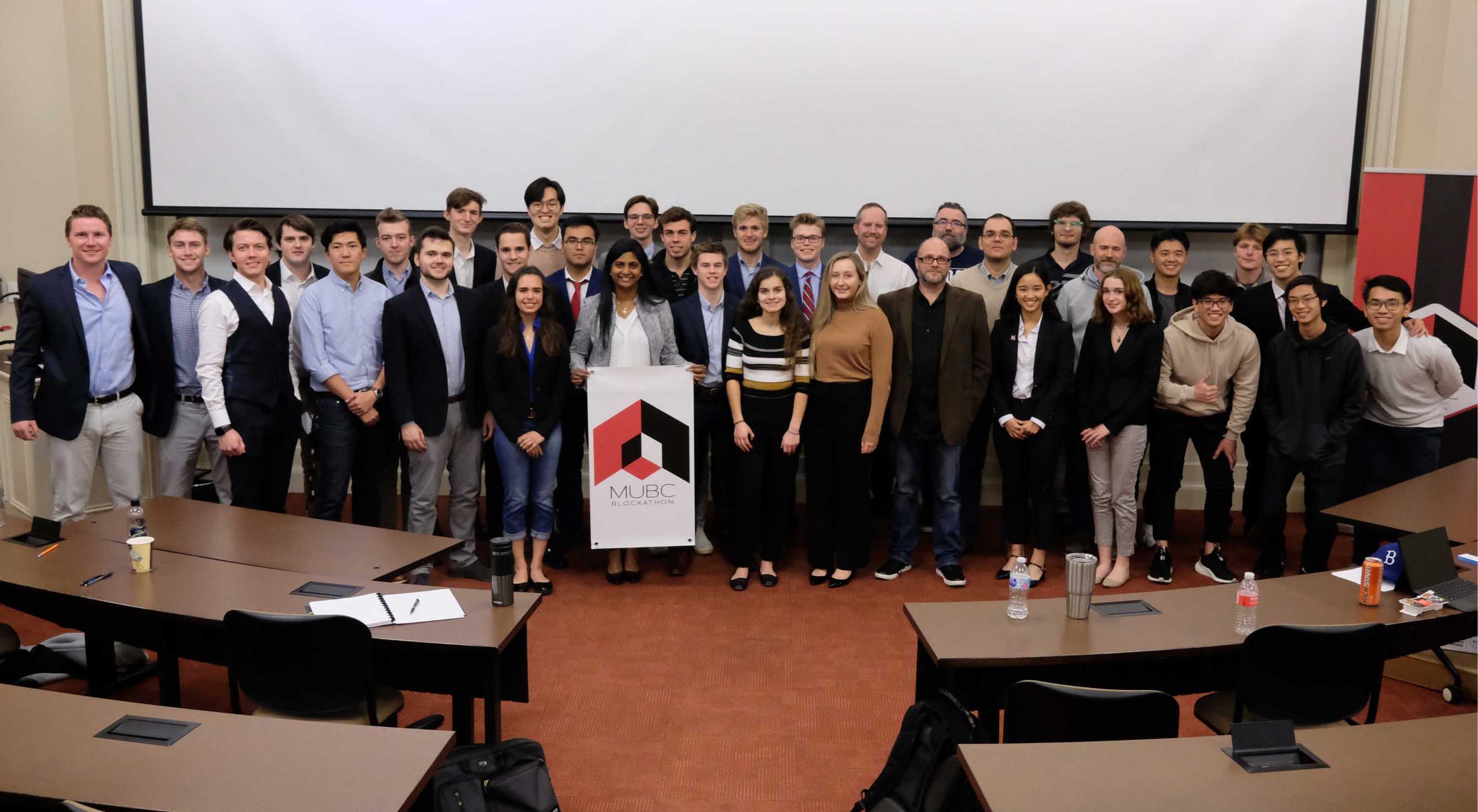
Before this weekend, senior bioengineering major Logan Kocka had never worked with blockchain. By the end of her weekend at the Miami University Blockchain Club’s Blockathon and Business Case Competition, she and her team had come up with a business plan and coded a proof of concept to show a panel of judges.
“I knew it was coding and I knew it was engineering-related, so I thought, ‘Why not take the opportunity to learn what it is?’ Kocka recalled. “I learned how to code Solidity. There were great mentors. I learned what blockchain was and everything that goes into a blockchain. So I did end up learning a lot and it was a good experience.”
Sponsored by the Farmer School of Business, Tron, and MLG Blockchain, the Blockathon was the first hosted by the Blockchain Club, a newer student organization that is already among the largest in the Farmer School. Participants met in Benton Hall on Friday night to learn about their task of creating a business plan that not only incorporated blockchain, but was made a better idea because of what blockchain could do.
“I think there's been a lot more focus on the novelty and the coolness factor, largely because of the Bitcoin millionaires. And a lot of people have been very enamored with the potential. But in the end it's just a better database,” noted Michael Hiles, founder/CEO of 10xts and one of the Blockathon judges. “It’s a substantial tool, but it’s going to depend on the use case. That's what I try to encourage everybody, ‘Don't even focus on the technology, because there's always different ways to skin a cat. Just focus on the problem and the solution.”
The teams then had until late Sunday morning to come up with their idea and, if they chose to do so, code a demonstration of their idea for the judges at the Farmer School. “It was time intensive, but it wasn't undoable. I think we had time to really put thought into what we wanted to do instead of being pressured to decide on key elements of the business before we had to start developing,” senior marketing major Levent Yurdum said.
After the judges’ votes were tallied, Yurdum and his teammate, Karim Sammouri, (team AlliedFund) took first place with their idea for a kickstarter for governments to fund all types of projects relating to technology, research, and development.
Thomas Wright, Tae Jin Kim, and Aaron Hietanen (team ChainBroker) came in second with their idea of a new way to enable investment in oil and natural gas rigs owned by smaller companies, while Natalie Nguyen, Aaron Nguyen, Andre Le, Patrick Liem, and Tuan Le (team HiredBlock) won third place with their idea of using blockchain to create a verified process for finding job candidates.
“I thought it was great. I was pleasantly surprised at the novelty of the teams. I've gone to a lot of hackathons and pitch competitions and kind of hear a lot of the same ideas,” Hiles said. “Some of the teams put forward some pretty interesting and novel ideas today.”
“I am super impressed with them, spending just a day on some of this work. The students have really chosen some best-in-class use cases and done a fantastic job in presenting them. So personally, I am walking away with some new learning, which is exciting for me,” said Vasanthi Chalasani, Director, Next Generation Shared Services & Global Trade Funds Leader at Procter & Gamble.
HiredBlock won first place in the proof-of-concept phase, while Torsten Overbeck, Adrian Czajka, Alexandra Bartkoske, Alexander Freund, and David Wang (team Keychain) were second. Logan Kocka, Allie Blackburn, and Laura De Oliveira (The Relief Network team) came in third.
“I'd say I had an awesome experience,” remarked De Oliveira, a junior information systems and analytics major. “We met a lot of new people and I feel like I learned a lot about blockchain. Not so much the implementation, but at least on a conceptual level, I'd say that I ‘get’ blockchain now.”
